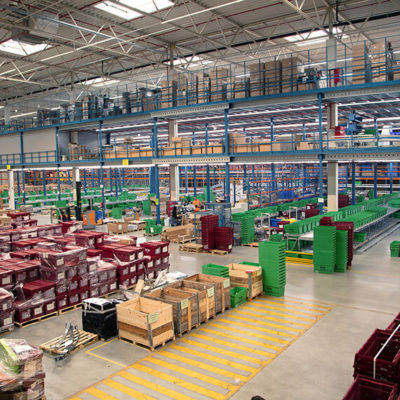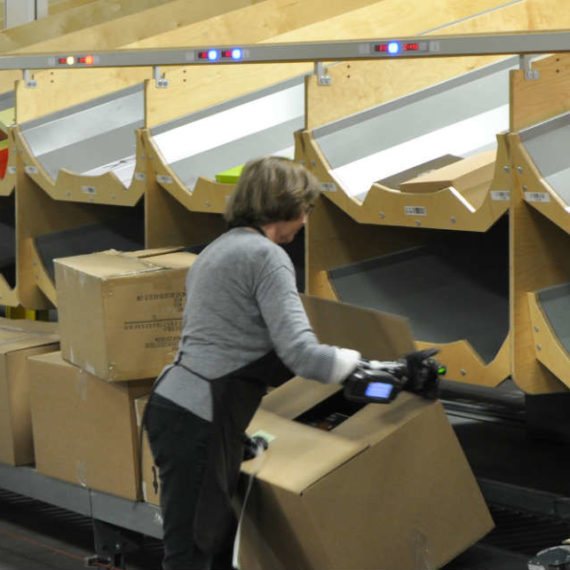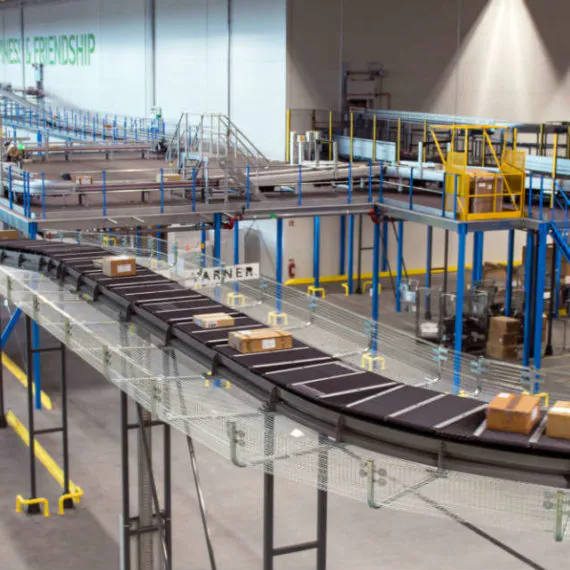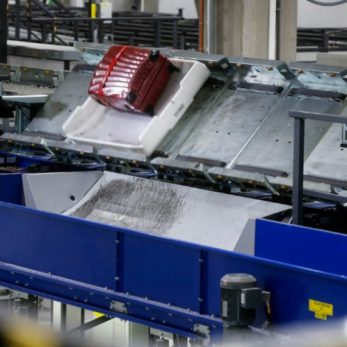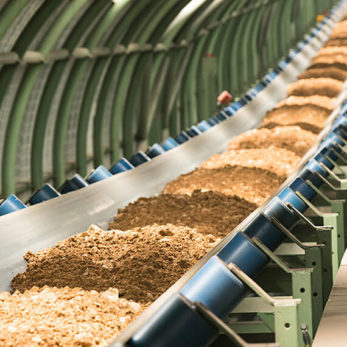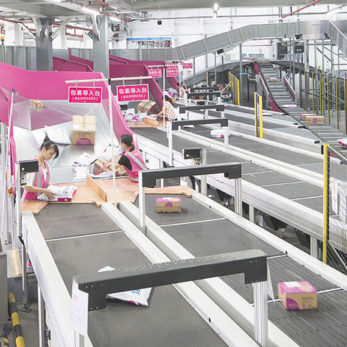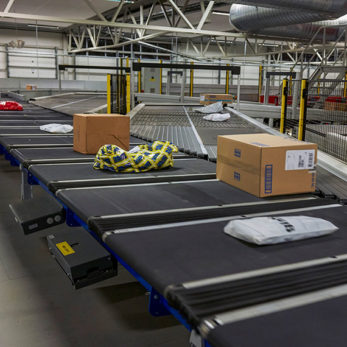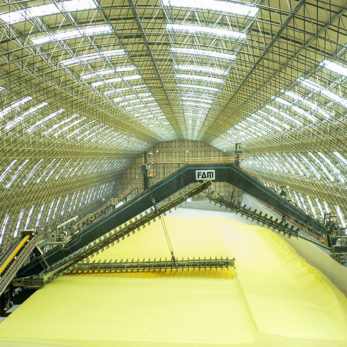the Definition of Order picking
Order picking is the collection of a specific set of goods and items from a larger warehouse inventory to fill an order. These orders or commissions are usually collected or picked manually from the warehouse by an order picker and then prepared for shipping.
For efficient order processing, it is necessary to keep the time required for the various steps, i. e. pick time (retrieval) and transit time, as short as possible.
There are a number of order picking systems, equipment, methods and variations of these methods, however we focus on two different types of order picking systems, with one key distinction: the number of steps involved in the process.
Single Order picking system
In this order-based or serial picking method, each order is processed individually. A worker moves through the individual storage areas with the help of a pick list and collects the individual items of the order for the customer.
Afterwards, the picked items are packed and shipped to the customer. A disadvantage of piece picking is the long distances the employee has to walk. To optimise picking performance, it is important to position the frequently picked items in the various storage zones in such a way that the employee’s paths are as short as possible.
The division into zones can be taken a step further, this is known as zone picking, where workers are assigned to specific zones in the warehouse, and only pick items in their designed zone.
Two step batch picking order system
In batch-oriented, two-step picking, the quantity of an article to be picked is determined by combining multiple orders. These clusters or partial orders are then retrieved from the warehouse in parallel by the order pickers.
The second step is then to sort the picked articles according to the original customer orders. This is also known as wave picking.
Batch picking, sequencing and sorting can be automated with help from BEUMER’s automated sortation solutions to reduce the number of manual touches and overall processing time.
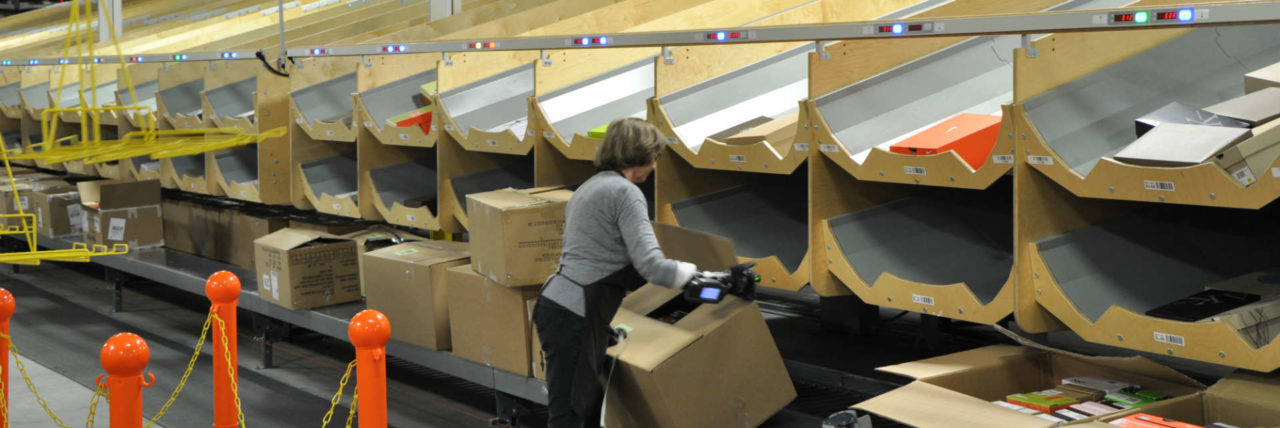
 Our Commitment to Sustainable DevelopmentAs an independent and family-owned company, BEUMER Group is deeply committed to the principles of sustainable development. Through strong partnerships we have developed a deep understanding of the sustainability issues of our key industries and enable our partners to achieve their sustainability goals and targets.Learn more
Our Commitment to Sustainable DevelopmentAs an independent and family-owned company, BEUMER Group is deeply committed to the principles of sustainable development. Through strong partnerships we have developed a deep understanding of the sustainability issues of our key industries and enable our partners to achieve their sustainability goals and targets.Learn more


